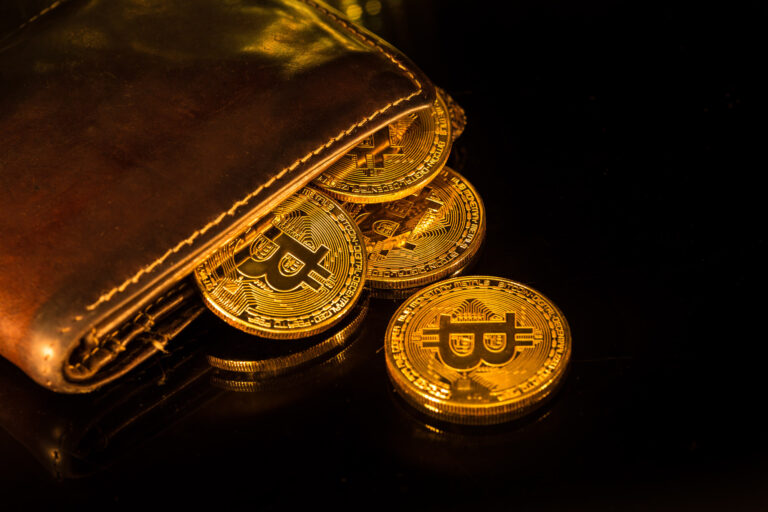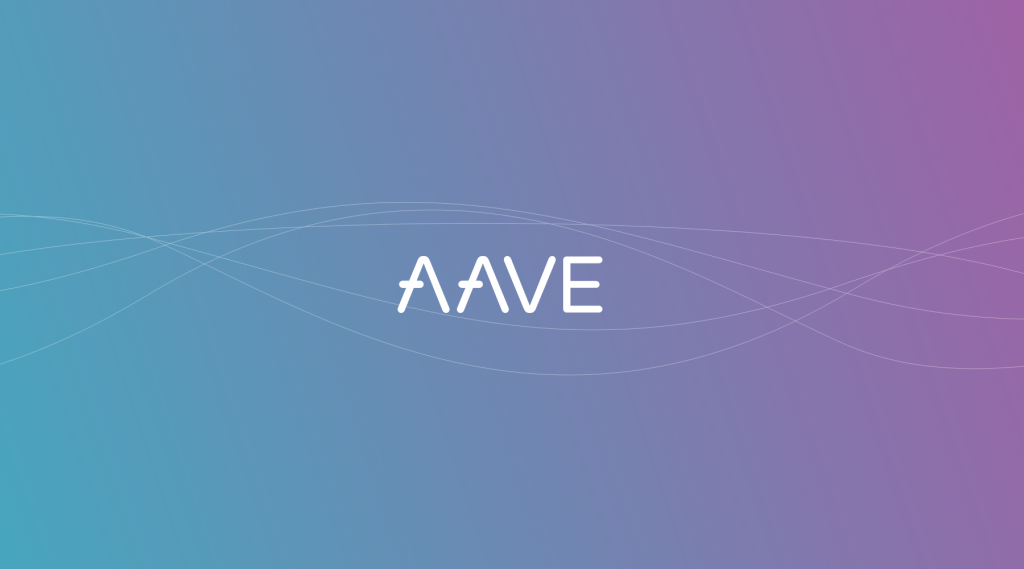With Dogecoin surging over 100% in the past few weeks, meme coins have once again captured the attention of the crypto markets. Over time, new segments have started emerging, with dog- and cat-themed tokens making up the majority of the market.
Meme coins are cryptocurrencies inspired by internet memes and viral content, often driven by community hype rather than intrinsic value or utility, making them highly speculative and volatile. Examples include Dogecoin (DOGE) and Shiba Inu (SHIB), among other animal-themed tokens. New narratives involve meme coins based on AI agent - autonomous social media accounts ran by artificial intelligence. An overview of the current meme coin trend.
The origin of memes and attention trading
The term "meme" was introduced by evolutionary biologist Richard Dawkins. In his 1976 book "The Selfish Gene," he described memes as units of cultural transmission similar to genes in biology. Memes evolve through processes of variation and selection, allowing them to replicate and mutate as they spread across contexts and communities. Internet memes have gained prominence since the mid-1990s and became an important aspect of online culture and communication. They have cultural significance as they reflect societal attitudes, trends, and current events.
The first meme coin launched in December 2013. Dogecoin (DOGE) was created by software engineers Billy Markus and Jackson Palmer using the popular "Doge" meme, which features a Shiba Inu dog as its logo. Originally intended as a joke, Dogecoin gained traction in online communities, particularly on platforms such as Reddit and Twitter. Its active community helped build a loyal following. Elon Musk's tweets led to significant price spikes over the years. Despite its lack of serious utility, Dogecoin has become a major player in the cryptocurrency space, boasting a market capitalization of $63 billion, placing it in the top 10 of all cryptocurrencies by market capitalization.
Meme coins are cultural signifiers that reflect societal attitudes, trends and current events. According to meme coin influencer Murad Mahmudov, the new era of memes that will be the big winners in this cycle are "cultish" memes, meaning they have the strongest community that supports their narrative with absolute conviction. He describes meme coins as the new asset class in which the current generation has the sole advantage of outperforming the better educated and wealthier boomer generation. In his eyes, the 1960s was the right time to invest in real estate and create generational wealth, followed by the stock market, then the tech space, and now meme coins in the post-software era.
My Theory on why Memecoins are Dominating
...and why many of them will do 100x+ from here pic.twitter.com/gWlGdBYhtZ
— Murad 💹🧲 (@MustStopMurad) November 12, 2024
Type of meme coins
Meme coins can be roughly divided into different categories. DOGE, started a trend that spawned several Shiba Inu or other dog-themed coins. Currently, dog-inspired meme coins make up over 70% of the meme market capitalization. This started a counter movement of cat coins such as POPCAT and MOG, that make up roughly 5% of the market. As a frog, PEPE is another animal-themed meme coin. Most of the top 10 meme coins by market capitalization fall into this animal-frenzy. Others that stand out are, for example, BRETT, which caters to the Base blockchain community. During the presidential campaigns of Trump and Biden, coins derived from the candidates experienced strong surges. Others emerge during viral moments. A recent entrant is PNUT, named after the domestic squirrel of the same name P'Nut, which was killed and caused media outrage in the US. A trend that Elon Musk quickly picked up on.
Perhaps the most recent impressive story is that of AI agents. A phenomenon where autonomous AI bots create and spread stories or ideas. These agents interact with users on social media platforms and build followings. The accounts are tied to projects and specific tokens. The most successful example is Goatseus Maximus (GOAT), which is valued at just over $1 billion. Truth Terminal, a goal-oriented AI that claims to be sentient, promotes the GOAT cryptocurrency. The project was backed by venture capitalist Marc Andreessen, who sent Truth Terminal $50,000 in bitcoin.
Coinbase Ventures was an early adopter of this trend, unveiling its vision for integrating blockchain and AI. Coinbase sees AI agents as transformative entities within the "Agentic Web," where they could drive economic growth by interacting autonomously on blockchain infrastructure. These agents would use crypto wallets to execute transactions, access decentralized resources, and fulfill user intent. Coinbase sees them as key players in a future economy where AI agents dominate applications both on- and off-chain. This enables smarter, more efficient systems while ensuring privacy and compliance through verifiable identities and cryptographic protections.








